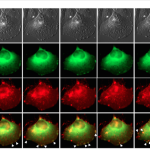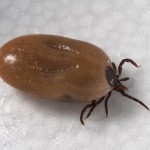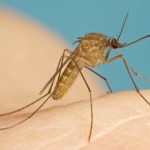The CVR at Glasgow Science Festival 2016: exploring biological structure and innovation through viruses
In a world obsessed with the deadly nature of viruses, join us in a celebration of the beauty of their biological structure. Glasgow is a fascinating place to live, with awesome architecture and design emerging from the dramatic Scottish landscape. Although invisibly small, viruses also produce strikingly beautiful structures, constructed from the local materials of… Continue reading





